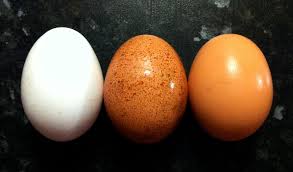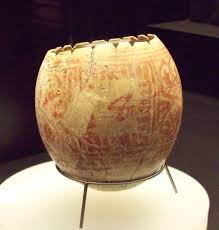However, the practice of decorating eggshell is ancient.
60,000 yr-old Ostrich eggs with engraved decoration have been found in Africa. Decorated ostrich eggs, and representations of ostrich eggs in gold and silver, were commonly placed in graves of the ancient Sumerians and Egyptians as early as 5,000 years ago.
The early Christians of Mesopotamia stained eggs red in memory of the blood of Christ, shed at his crucifixion. The Christian Church officially adopted the custom, regarding the eggs as a symbol of the resurrection. The first edition of The Roman Ritual was published in 1610 but contains texts of much older date.

The research examined the eating habits of 2,332 men aged between 42 and 60. Those who ate four eggs per week had a 37 % lower risk than men who only ate one egg per week, even when factors such as physical activity, body mass index, smoking and consumption of fruits and vegetables were taken into account.
Don't go overboard. No additional benefits come from eating extra eggs.
Researchers warned that those who already have type 2 diabetes should not increase their egg intake, as they appeared to increase heart disease in those who had already been diagnosed with the condition.
I don't indulge in chocolate Easter eggs. The extra calories would do me more harm than good. But, as a woman who doesn't get much exercise because of disability, I need to increase the number of eggs I eat from two to four a week.
What sort of eggs will you be eating this Easter?







 RSS Feed
RSS Feed
